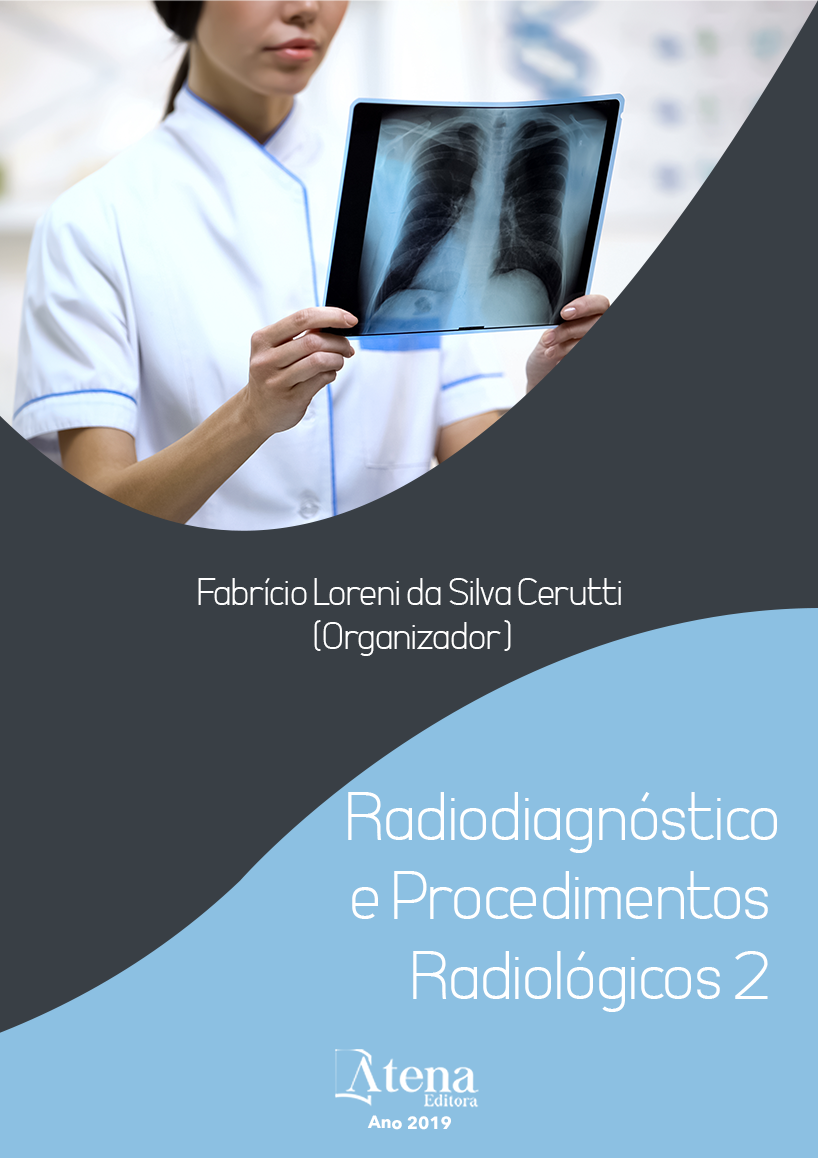
ACHADOS NA ANGIOTOMOGRAFIA NO AVC ISQUÊMICO
O acidente vascular cerebral
(AVC) é uma das causas mais frequentes
de morte e incapacidade neurológica
nos países desenvolvidos. As taxas de
mortalidade associadas ao AVC reduziram
nos últimos anos devido a melhores cuidados
clínicos gerais e tratamentos específicos. O
acidente vascular aterotrombótico ocorre
frequentemente como complicação de doença
aterosclerótica. O grau de estenose da
artéria carótida e heterogeneidade da placa
carotídea correlacionam-se com a incidência
de AVC isquêmico. Os infartos cardioembólicos
decorrem da migração de trombos oriundos do
coração e alojados nas artérias cerebrais, sendo
mais frequentes no território da artéria cerebral
média (ACM) e seus ramos. A tomografia
(TC) e a angiotomografia desempenham um
papel fundamental na seleção de pacientes
para tratamento intravenoso ou intra-arterial
do AVC isquêmico. A imagem pode identificar
os pacientes que serão mais beneficiados
pelas terapias de revascularização, permitindo
decisões de tratamento individualizados e
melhorando o resultado individual do paciente.
ACHADOS NA ANGIOTOMOGRAFIA NO AVC ISQUÊMICO
-
DOI: 10.22533/at.ed.3761925101
-
Palavras-chave: Angiotomografia, AVC, Isquêmico.
-
Keywords: CT angiography, stroke, ischemic
-
Abstract:
Stroke is one of the most frequent
causes of death and neurological disability in
developed countries. Most strokes are ischemic
(more than 80% of cases), and their main causes
are thromboembolic, due to atherosclerosis
of large arteries, and cardioembolic. Strokeassociated
mortality rates have declined in
recent years due to improved general medical
care and specific treatments. Atherothrombotic
stroke often occurs as a complication of
atherosclerotic disease. The degree of carotid artery stenosis and carotid plaque
heterogeneity correlate with the incidence of ischemic stroke. Cardioembolic infarcts
result from the migration of thrombi from the heart and housed in the cerebral arteries,
being more frequent in the territory of the middle cerebral artery (MCA) and its branches.
Imaging plays a key role in the selection of patients for intravenous or intraarterial
treatment of ischemic stroke. Computed tomography (CT) and angiotomography
are used to exclude hemorrhage, determine the cause and mechanism of stroke,
determine the extent of cerebral infarction, identify arterial occlusion and characterize
atherosclerotic disease. Imaging can identify the patients who will benefit most from
revascularization therapies, enabling individualized treatment decisions and improving
the patient’s individual outcome.
-
Número de páginas: 8
- DANIEL OLIVEIRA PINHEIRO
- ISABELLA BEZERRA OLIVEIRA
- ANA CARLA FARIAS PIMENTEL
- RÔMULO LOPES GAMA
- Antonia Nayanne de Almeida Lima


